To understand fully the diverse and captivating culture of the Caribbean, it is really useful to look at the specific history of Jamaica. It is the prism through which we can view and try to understand the remarkable yet challenging past that has created this unique corner of the globe.
When anyone looks at the story of Jamaica there is a tendency to only focus on its history from the date the first European settlers arrived. This, to us here at Exceptional Villas, is not only limiting ones scope of knowledge but is also a rather insensitive approach: do we believe that Jamaica really only came into being when it got put on a European explorer’s map?
So, let’s go way way back to the beginning, long before Jamaica colonization, before the villas in Jamaica, and look at this wonderful island and the first people who claimed it as their own. Prepare to be surprised at what they have gifted to us today.
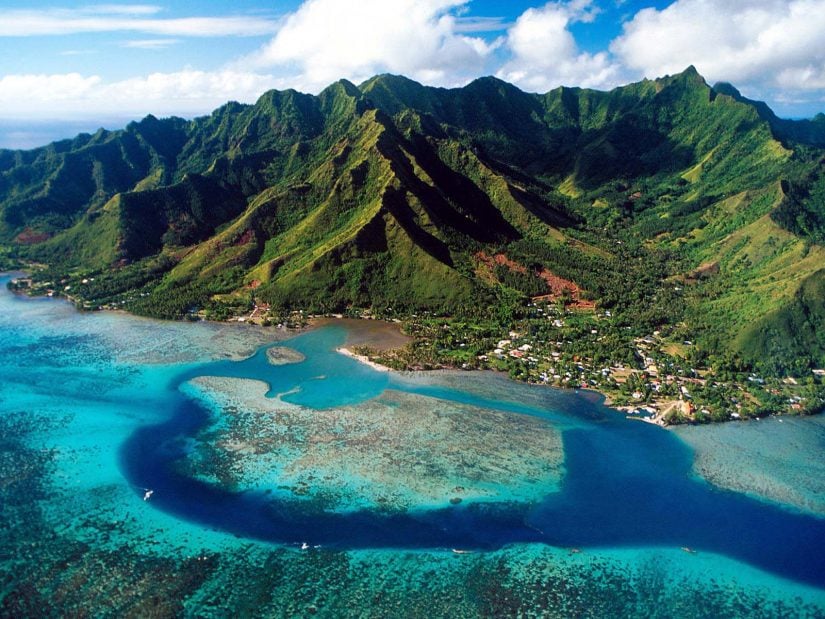
The beginning of History in Jamaica – The Indian History
The Ostionoid people or “redware people”, due to the red clay pots that have been found in archaeological sites around Alligator Pond in Manchester Parish and Little River in St Ann Parish, seem to have been the first known visitors to Jamaica. It is estimated they arrived around 600AD. A couple of centuries later the Taino people arrived who were essentially a South American, Arawakan Indian speaking tribe. They brought organisation and civilisation to Jamaica and constructed communities, developed agriculture and introduced new food ingredients like maize and yucca to the Jamaican table.
It is believed they arrived from South America in hand hewn canoes and established centres in Hispaniola, Cuba and other islands on their trajectory across the Caribbean. At the height of their powers, there was an estimated population of 60,000 Tainos or Arawaks in Jamaica.
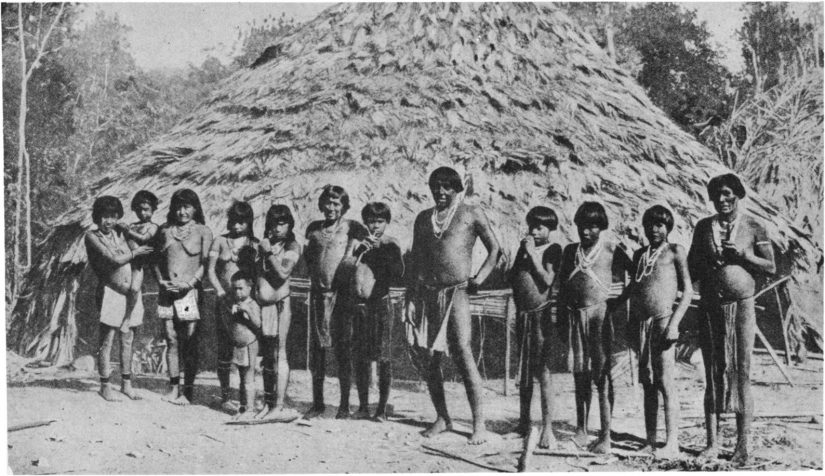
The Arawak language was only spoken with no written texts. Words like barbacoa, hamaca, tabaca and juracan have found their way into our English language as barbecue, hammock, tobacco and hurricane, respectively. How remarkable for a dialect that was never written down that these words are an accepted component of our modern vocabulary.
Even more important, the very name Jamaica comes from the Tainos. It originated as Xaymaca, meaning Land of Wood and Water.
The Colonists – First Spain
Now that the very ancient past of Jamaica is explored, it’s time to view with an honest eye the Jamaica colonization by the Europeans . Like all tales of conquest, there is a considerable amount of cruelty involved. In the case of Jamaica, the levels of inhumanity inflicted on the Tainos is shocking.
What began as a ‘friendly’ invasion by the Spanish colonizers, soon descended into a powerful interloping nation crushing an indigenous people with brute force. Within 50 years of Spanish occupation, virtually all of the native Jamaican people had been transported as slaves to Spain or had died from disease or starvation.
The Spanish didn’t find gold in Jamaica and other than the invaders using Jamaica as a provisioning outpost, the island was of little value to the Spanish crown.
The Colonists – Second England
When the English navy under the control of Oliver Cromwell made a land grab in 1655 and annexed Jamaica for England, it marked the end of Spanish control of this island. It wasn’t until 1670, under the Treaty of Madrid, that Spain officially handed over Jamaica to England.
Cromwell saw an opportunity to use the fertile lands of Jamaica for England’s gain and arranged to have the island ‘planted’. These plantations involved moving large numbers of European settlers onto the island. Ships full of desperate individuals were decanted on the shores of Jamaica and were given the task of establishing a valuable economic footprint for the Empire. Tobacco, growing in popularity in Europe since its introduction by Sir Walter Raleigh, was the crop of choice and large tracts of land were cleared to be used as tobacco plantations.
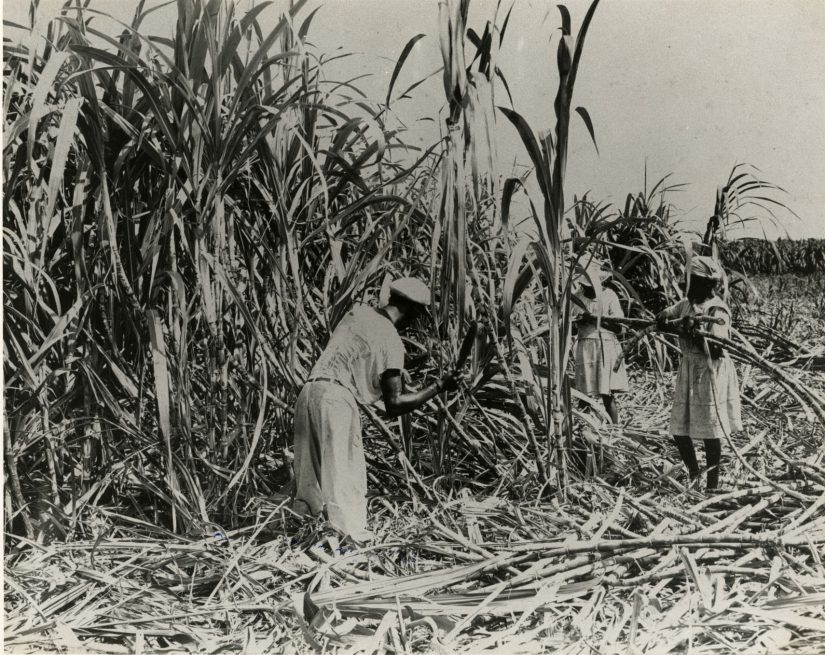
A large workforce was required to clear this forested island and indentured servants and transported prisoners were the men, women and children who were used for this gruelling work. So, to understand the slave history of Jamaica it is important to acknowledge the native Tainos who were transported as slaves to Spain and also the Irish, Scottish and English transported convicts who were enslaved on Jamaica.
The growing strength of the larger tobacco plantations of mainland USA meant that Jamaica turned her efforts to sugar cane as a pathway to greater riches. The climate and environment of Jamaica ideally suited the cultivation of sugar cane and huge plantations were developed across the island over a few hundred years. The labour intensive nature of growing and harvesting sugar cane meant that an even bigger workforce was required on the island. The first rule of 17th Century new world economics was keep labour costs low to ensure higher profit margins. A rule that still applies today!
The Bitter Taste of the Sugar Industry
The ‘ideal’ labour solution for these burgeoning plantations was found in the transportation of slaves from African nations to the West Indies. The chain of misery worked as follows: cloth, weapons and trinkets would be loaded onto the docks in Liverpool and Bristol. These shipments would go to the West African coast. There the goods would be traded for slaves who would then be shipped to the Caribbean. The ships would then be loaded with sugar, cotton and tobacco for the return voyage to Liverpool and Bristol.
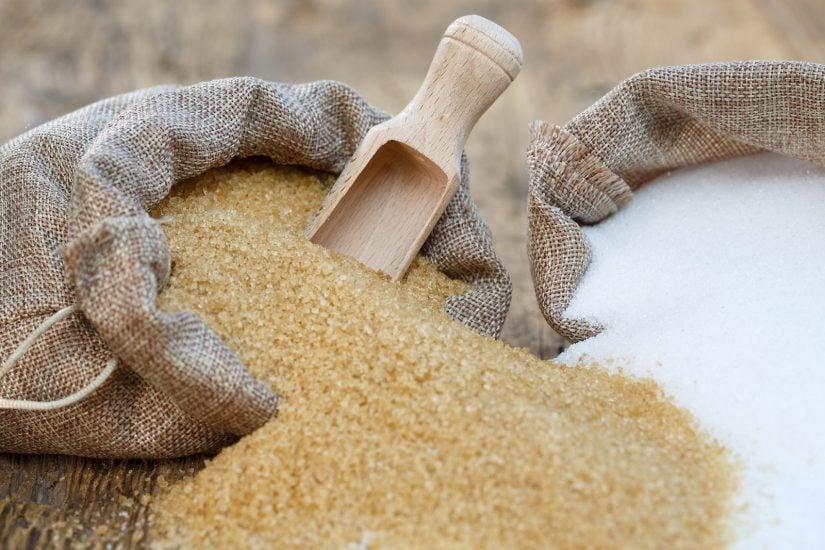
In Jamaica and other Caribbean islands, misfortunate and cruelly treated African men, women and children would be sold to plantation owners who treated them as they wished. Some of the plantation owners were kinder than others but ultimately they viewed these human beings as being of less value to them than, say, a cow or a pig. They were merely part of their empire to be used as they saw fit in the quest for wealth and power.
Looking at this chapter of history, we cannot but be horrified and moved by the plight of these people. Be assured we are not alone in our feelings on this subject. The Abolitionists in England and elsewhere in Europe greatly opposed these practices and campaigned tirelessly to repeal the laws that allowed one man to enslave another.
The Enlightened Housewives
At a time in history when females seemed to have little power on the world political stage with neither voting rights nor a voice in parliament, great numbers of informed women in England did their utmost to influence change. Their most potent weapon was the boycott of sugar from the West Indies.
The purchasing power of the English housewife so impacted the quantities of sugar purchased that the plantation owners in Jamaica really felt the pinch! Pretty sugar bowls appeared on genteel tea trays across the Empire bearing the motto East India Sugar, Not Made by Slaves.
This assured guests that the sugar for their tea was not a by-product of slavery in Jamaica but was the result of East India plantations that employed free men to cultivate and harvest the sugar.
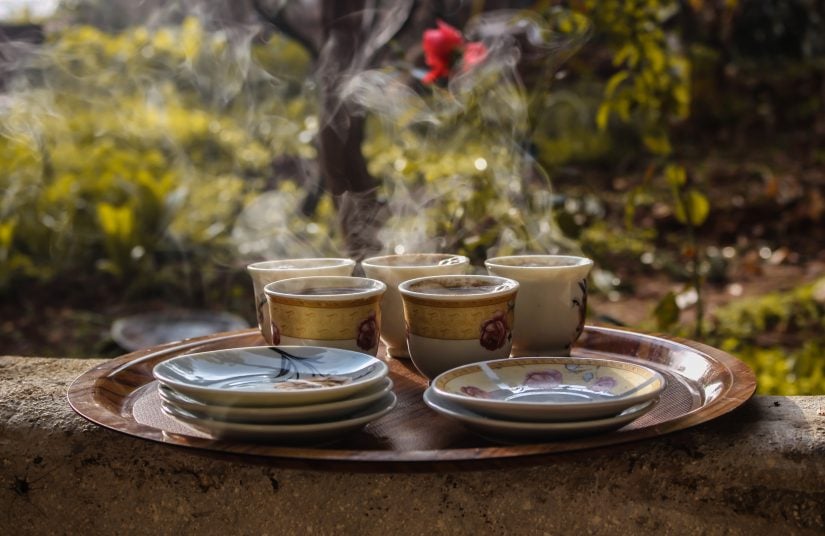
This simple chapter in history and the remarkably courageous work undertaken by men like William Wilberforce and the Quakers assures me that there are always going to be individuals who will not turn away from suffering but will be moved to action.
Once the slaves attained freedom in Jamaica it wasn’t the end of their misery and difficulties. With no education, no property and little experience of managing their own destinies, they were still at the mercy of the plantation owners. Overtime though, the evangelical works by missionaries and the newly independent Jamaican government helped all groups, regardless of race or background, to develop their culture and society in a way that was truly their own.
The Modern Face of Jamaica
Historically, the capital of Jamaica was Port Royal. It was the main port used by the Spanish and only diminished in prominence in the late 17th century after a devastating earthquake. The newer Kingston, named for King William of Orange, survived hurricanes, fires, cholera epidemics and earthquakes to establish itself in 1872 as the undisputed capital of this vibrant island. Kingston is only one of the best places to go in Jamaica.
The more modern history of Jamaica can be understood from its post-independence viewpoint. On 6 August 1962, Jamaican Independence Day allowed the island to separate from Britain and become self-governing. Slavery in Jamaica was now behind them.
Remaining part of the Commonwealth group of countries, the island is still part of the extended family of other nations like Canada and Australia who retain Queen Elizabeth II as their monarch. It has been a very complex road for Jamaica since it broke away from British rule.
It is never easy for a fledgling nation to unpick so many ingrained laws and habits that had become embedded in the Jamaican people and their society.
Politics
The two main political parties who have duked it out over the past 60 years are the People’s National Party and Jamaica Labour Party. Regardless of their differing ideologies, there has been a unified effort to improve the quality of life for the Jamaican people.
In 1943 a study showed that only 1% of black Jamaicans attended post primary school while a mere 9% of mixed race did so. The figures today are vastly different due to the concerted efforts to establish schools and build a primary, post primary and third level curriculum that allows equal opportunities for all citizens.
The value placed on Jamaica as a tourist destination is certainly not under-estimated by its governments. The revenues that are generated from foreign visitors help boost all aspects of the Jamaican economy. The glorious beaches are one of the best things to do in Montego Bay in June. The unspoiled hinterland also attract visitors each year who want to enjoy all the aspects of what makes Jamaica such a wonderful destination.
At Exceptional Villas we love working with our clients to create the most amazing, bespoke holidays while staying in your own private Jamaica villas. We take tremendous pleasure and pride in revealing the magical side of life in Jamaica – the food, the wild unspoiled nature, music, the divine rum distilleries, the sea … the list goes on and on.
We believe that any holiday should be a many-dimensional experience for all ages.
You will return from a visit to Jamaica enraptured by the relaxing and stimulating experiences that we can tailor to your needs. The majority of our clients return year after year, such is the great passion that Jamaica engenders in her visitors’ hearts.
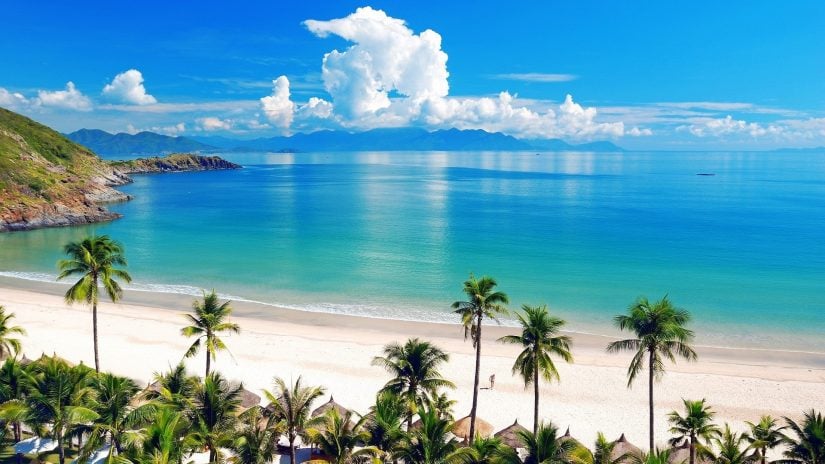
Conclusion
This is really the very briefest look at the Jamaica background. A great number of books have been written by learned scholars that endlessly debate the history of this island nation. I believe we should always try to understand as much as possible about any country we visit.
In between getting a tan and enjoying delicious jerk chicken and a rum cocktail or two, it is important to get beyond the superficial and understand that each place name, each taste and reggae sound has evolved over many centuries through the assimilation and integration of so many races and cultures in this vibrant and lush island.
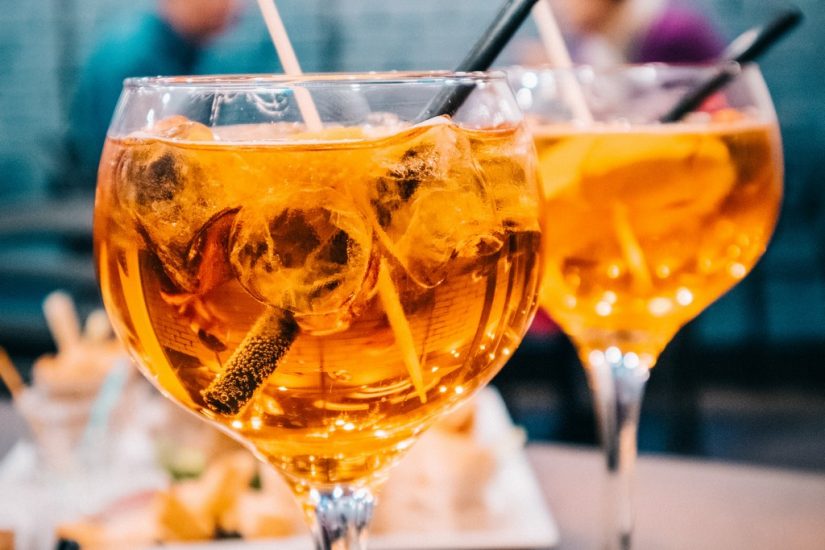
It isn’t surprising that the motto of Jamaica is Out of Many, One People for nowhere on earth is there so much diversity and history to be found in one beautiful location. It would be important not to solely focus on the injustice and cruelties of Jamaica’s past. There are great and glorious stories from the Jamaican panoply of history to raise cheers and praise. The sporting prowess of the cricket team, the remarkable achievements of Usain Bolt and Veronica Campbell-Brown. The world fame of the inspirational Bob Marley, who brought reggae music to world attention.
I think Jamaica is only getting warmed up. She is in her infancy as a nation. It surpasses a lot of other Caribbean islands in terms of having a very distinctive personality. Prepare to be charmed by a nation that never wavers in its pride in who it is. It’s been a rocky road with difficult hurdles but the lesson we can all learn from Jamaica is that going forward is the only option – building on the positive elements of the island’s history, learning from the negative ones and uniting as one people under the flag of this optimistic and evolving country.
Jamaica is no longer just the Land of Wood and Water … she can add history, culture, music, food, dramatic scenery, sport, literature, rum and so many other facets to this sparkling diamond in the heart of the Caribbean. Come see for yourself and experience this incredible heritage, only one of the best things to do in Jamaica. You won’t be sorry!
About Mairead Moriarty
Born and raised in Co Kerry, lived in London, New York, San Francisco, Dublin. Owner of one very battered suitcase, a well-worn passport and a million memories.
It seems very fitting for a travel writer that my surname translates as ‘Skilled Navigator’. Apart from an occasion when, aged 3, I got lost in a Supermarket in Tralee, I have managed to live up to my name!
Curiosity is probably the driver that has sent me on magical mystery tours around the world. I want to ‘feel’ a place. I want all my senses to be engaged: from the history and geography that has influenced a country or city, the arts and achievements of its natives, anything and everything really.
Regardless of whether I am on a local train travelling through Morocco, or poking around in Marconi’s study in Bologna or on a canal boat weaving through the heart of the English countryside, the same rules apply - ask questions, talk to locals, eat what they eat, sit quietly with nature and simply be.
Assimilate as much as is possible so as to understand the soul of a place. That is my passion. That is the compass by which I navigate.



Chris
says:Great read thanks. So much history and beauty
Virginia Burke
says:Thanks for this fresh, well researched take on our island.